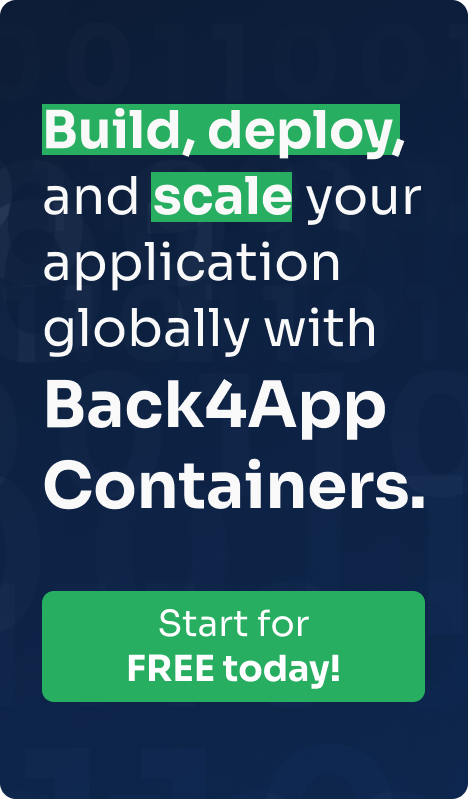This article will explore ten of the best startups using Dart on their tech stack.
Google’s Dart has had quite a topsy-turvy journey since its inception in 2011. It was launched as a programming language specifically optimized for mobile operating systems and became insanely popular as a competitor to JavaScript, with Google heavily backing it up for its upcoming Fuchsia OS. However, circa 2018, the popularity of Dart started to dwindle as there were not enough opportunities in the market.
Dart is now on another uptrend since Google launched the Flutter SDK in 2017, which is used to develop cross-platform applications from a single codebase. The kit has been one of the top frameworks in use for a couple of years now, which has contributed to the increasing popularity of Dart among developers in enterprise-level organizations.
In this article, we take a brief look at the basics of Dart and then study some of the top organizations around the world using Dart in their tech stack. If you are a new developer wondering about using Dart for your next project, the following list should provide you with an idea of the various features that can be implemented using the language.
Read More


